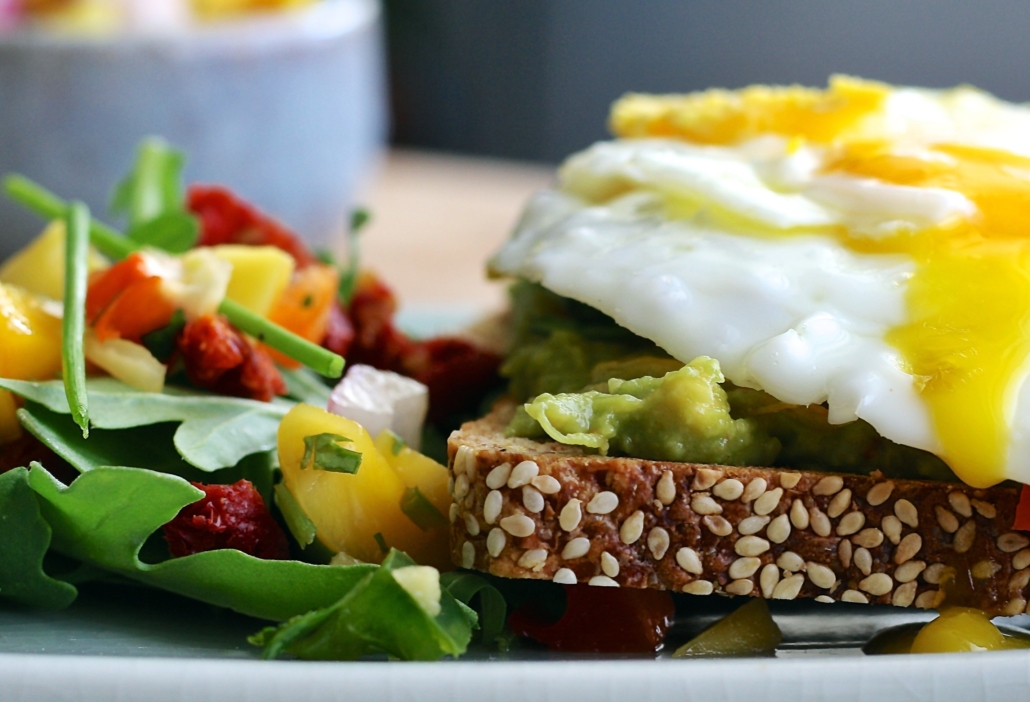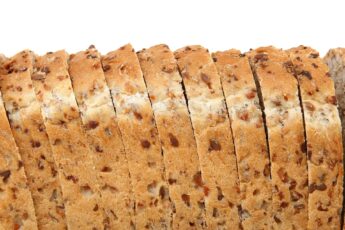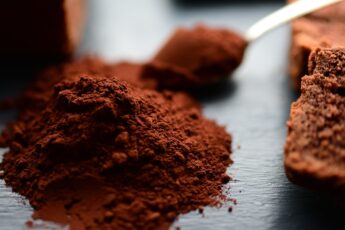WINNERS AGAIN – according to US News’ annual ranking of diets, the Mediterranean diet, the DASH diet, and the Flexitarian diet were the best diets of 2018. They’re likely top be the best of 2019, too, since they’ve been tops forsome time now. This is NOT news to thoseof us in the field – they’re widely accepted as terrific examples of healthfuleating styles.
These diets are notable for two things:
- The science about their healthfulness, and
- They all push plant foods: fruits, veggies, whole grains, nuts
What else I love about them? They don’t push out any foods. You can include anything; the only issue is how much and how often. My kind of eating style, because it’s realistic.

DASH details:
So, what’s different about them?
-Low-fat and fat-free dairy are featured
-Add AT LEAST one fruit or vegetable to each meal, but preferably more.
-WALK! Just a little, about 15 minutes after lunch or dinner (do it anytime you can, but aim for at least 30 minutes a day).

Mediterranean Momentum:
- Olive oil is the fat for cooking and salads. Canola is also good, but butter is rare.
- It’s nuts. Almonds, hazelnuts, pistachios are typical. An ounce several times a week. What’s an ounce? Small handful – think “nibble” not ”shovel”.
- Something fishy? Yup. Twice a week, and make it fatty – think salmon more than sole. (Hint for economy: canned salmon is a superfood and by comparison to fresh, it’s super-economical).
- Low in red meat – BUT, for red meat lovers, you CAN eat red meat on this diet and there’s good research to say so. I have the details here.

Flexitarian Features:
- Includes more vegetarian meals, especially plant-based proteins.
- Dairy and eggs? Both OK! The diet just emphasizes including the plant-proteins, as well.
- Meat? Nota feature, but more of an, “it’s OK sometimes, too” approach.
- It’s not about strict anything, or it wouldn’t be “flex”. You’re in charge about how far to take it.
Together is better
If there’s a downside to the Med diet, it’s the low-calcium content. The 2015 US Dietary Guidelinesfor Americans endorsed both the Med diet and the DASH diet as excellent eatingstyles, but they acknowledged that the Med diet didn’t fully meet calcium needs. The majority of people have diets deficientin calcium – the reason calcium is a “nutrient of concern”. What to do?
Breaking New Research: The “MedDairy Diet.”
An Australian study, just published, looked at the cardiovascular health markers of a Med diet, supplemented with four servings of dairy — one serving of low-fat milk; 40-120 grams hard or semisoft cheese; 200 grams low-fat Greek yogurt or 200 grams tzatziki dip. Here’s what they discovered about the Med-Dairy diet’s effects:
The Med-Dairy diet improved cardiovascular health markers:
- LOWERED blood pressure (both the top and bottom numbers)
- LOWERED triglycerides
- RAISED HDL-cholesterol levels (the good kind of cholesterol)
Talk about an example of “We’re better when we work together”!
What I especially liked about this study was that it included full-fat cheese, a favorite of many, and it actually included a fair amount of it – about 1.5 to 4 ounces daily, depending on calorie needs.
But RED meat…?
Yes, you can still have lean, unprocessed red meat on a MedDiet. Indeed, this Purdue University study, blinded to even the investigators, found that eating up to 18 ounces of leanred meat was not only OK, but it was MORE effective than a Med diet thatlimited lean red meat to only 7 ounces per week. Red meat lover? You’re OK, within the context of a Med diet.
As for the WORST-rated diets? Those that are super-trendy, alsosuper-restrictive (Keto, Dukan, and Whole-30 lead this pack). Entire food groups excluded, rigid rules, demonizedfoods, and little science to support them – a red flag. Don’t hate them, but give them a big hug andlet them go.






